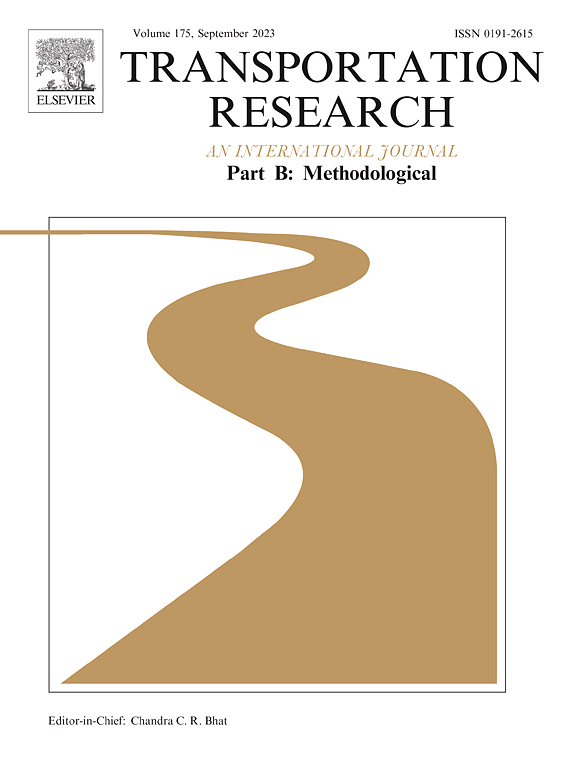Timing and size decisions of green technology investment for competitive ocean carriers under green regulations
IF 5.8
1区 工程技术
Q1 ECONOMICS
引用次数: 0
Abstract
In response to increasingly stringent green regulations, ocean carriers are transitioning their emissions reduction strategy from reducing ship speeds to investing in green equipment. However, because carriers face uncertain demand and a competitive freight market, it is challenging for them to determine the timing and size of green equipment investments. Hence, we construct a real options game (ROG) model to investigate green investment timing and size decisions by two competing carriers within the framework of green regulations. We derive the optimal investment timing and size for the two carriers under various strategies and examine the effect of key factors on the optimal decisions. We show that leaders’ investment strategies depend on the initial freight market size and differences in carriers’ investment costs. Moreover, we observe that stringent green regulations significantly incentivize carriers to make green investments earlier but result in smaller investment sizes. Surprisingly, high-growth and high-volatility weaken early investment incentives but result in larger investment sizes. Interestingly, high speed does not always incentivize early investment due to its dual impact on cost performance, i.e., improving service levels but raising fuel costs. Intense quantity competition accelerates the leader's investment but delays the follower's, whereas intense service competition delays investments for both but leads to larger investment sizes. Our work provides an economic explanation for the varying adoption behaviors of carriers and offers managerial insights for competing carriers and policy insights for the government.
绿色法规下竞争性海运承运人绿色技术投资的时机与规模决策
为了应对日益严格的绿色法规,海运公司正在将其减排战略从降低船舶速度转变为投资绿色设备。然而,由于航空公司面临着不确定的需求和竞争激烈的货运市场,对他们来说,确定绿色设备投资的时机和规模是一项挑战。因此,我们构建了一个真实期权博弈模型来研究两家竞争运营商在绿色法规框架下的绿色投资时机和规模决策。我们推导了两家运营商在不同策略下的最优投资时机和投资规模,并考察了关键因素对最优决策的影响。研究表明,领导者的投资策略取决于初始货运市场规模和承运商投资成本的差异。此外,我们观察到,严格的绿色法规显著激励运营商更早地进行绿色投资,但导致投资规模较小。令人惊讶的是,高增长和高波动性削弱了早期的投资激励,但导致了更大的投资规模。有趣的是,高速并不总是激励早期投资,因为它对成本表现有双重影响,即提高服务水平,但提高燃料成本。激烈的数量竞争加速了领导者的投资,但延迟了追随者的投资,而激烈的服务竞争延迟了两者的投资,但导致投资规模更大。我们的工作为运营商不同的采用行为提供了经济学解释,并为竞争运营商提供了管理见解,为政府提供了政策见解。
本文章由计算机程序翻译,如有差异,请以英文原文为准。
求助全文
约1分钟内获得全文
求助全文
来源期刊
CiteScore
12.40
自引率
8.80%
发文量
143
审稿时长
14.1 weeks
期刊介绍:
Transportation Research: Part B publishes papers on all methodological aspects of the subject, particularly those that require mathematical analysis. The general theme of the journal is the development and solution of problems that are adequately motivated to deal with important aspects of the design and/or analysis of transportation systems. Areas covered include: traffic flow; design and analysis of transportation networks; control and scheduling; optimization; queuing theory; logistics; supply chains; development and application of statistical, econometric and mathematical models to address transportation problems; cost models; pricing and/or investment; traveler or shipper behavior; cost-benefit methodologies.

 求助内容:
求助内容: 应助结果提醒方式:
应助结果提醒方式:


